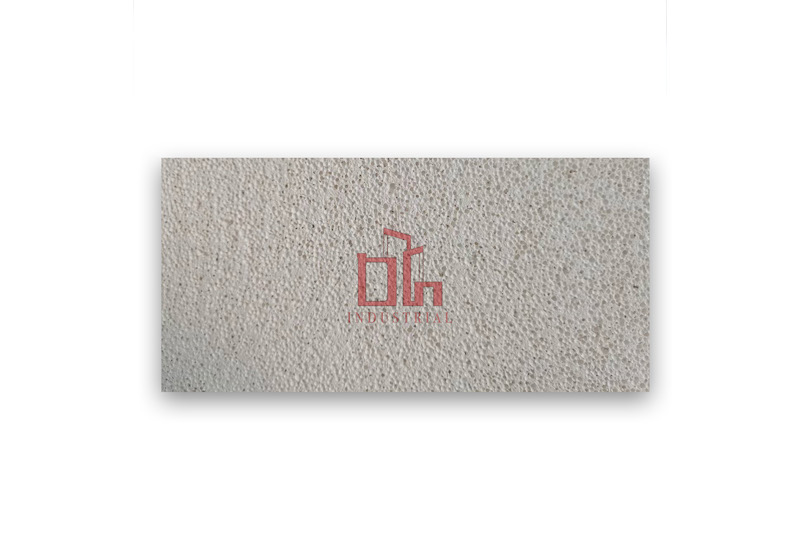Exploring the Distinctions Between Monolithic and Brick Construction
Jan 18, 2024Introduction: When it comes to constructing buildings, the choice of materials and methods can significantly impact the outcome in terms of aesthetics, durability, and functionality. Two prevalent construction techniques often mentioned in this context are "monolithic" and "brick." In this blog post, we'll delve into the key differences between these two approaches to help you make informed decisions for your construction projects.

Monolithic Construction: Monolithic construction involves creating a structure as a single, unified entity without the use of separate components or joints. Typically associated with reinforced concrete, this method allows for casting or pouring the entire building in one continuous operation, resulting in a seamless and robust structure.
Advantages of Monolithic Construction:
1. Strength and Stability: Monolithic structures are renowned for their inherent strength and stability due to the absence of joints or seams.
2. Efficiency in Construction: The streamlined construction process often leads to faster project completion and reduced labor costs.
3. Design Flexibility: Monolithic construction offers greater design flexibility, allowing for innovative and customized architectural solutions.
Brick Construction: Contrastingly, brick construction involves the use of individual bricks as the primary building blocks. These bricks, made from materials such as clay or concrete, are assembled using mortar to create walls, arches, and other architectural features.

Advantages of Brick Construction:
1. Timeless Aesthetic Appeal: Brick construction is admired for its timeless and classic appearance, adding warmth and character to a building.
2. Thermal Mass Properties: Bricks possess excellent thermal mass, contributing to energy efficiency by regulating indoor temperatures.
3. Durability: Bricks are durable and resistant to various weather conditions, ensuring the longevity of the structure.
Differences and Considerations:
1. Materials: Monolithic construction typically involves concrete, whereas brick construction relies on individual bricks.
2. Construction Process: Monolithic structures are cast or poured in a continuous process, while brick construction involves laying bricks with mortar.
3. Aesthetics vs. Innovation: Brick construction is often chosen for its traditional and aesthetically pleasing appearance, while monolithic construction allows for more innovative and customizable designs.
Conclusion: In conclusion, understanding the differences between monolithic and brick construction is crucial for making informed decisions in your building projects. Whether you prioritize the timeless charm of bricks or the innovative possibilities offered by monolithic construction, each method has its unique advantages. Consider your project requirements, design preferences, and budget constraints to choose the construction approach that aligns best with your vision.
Tags :